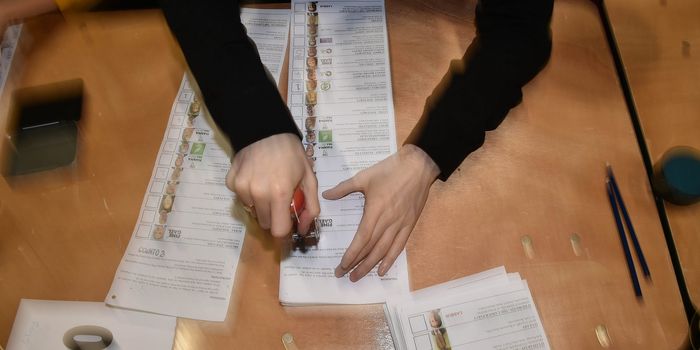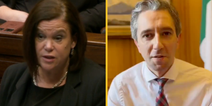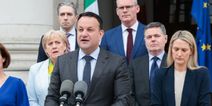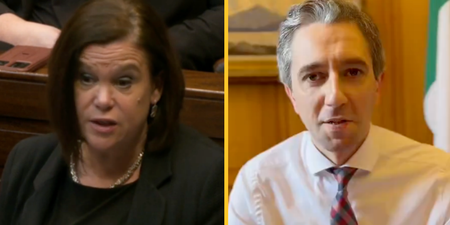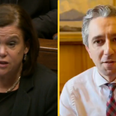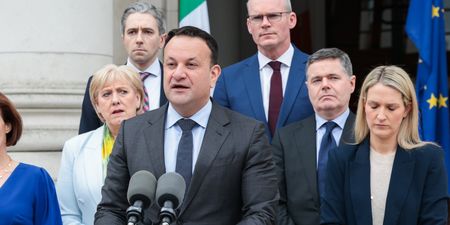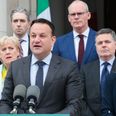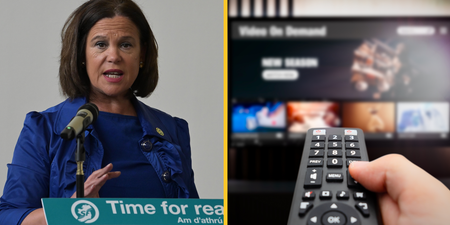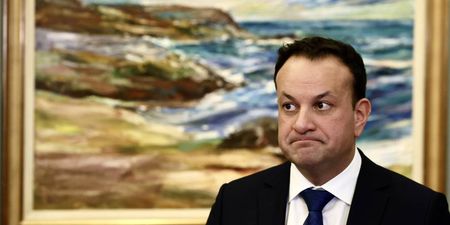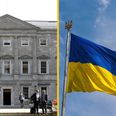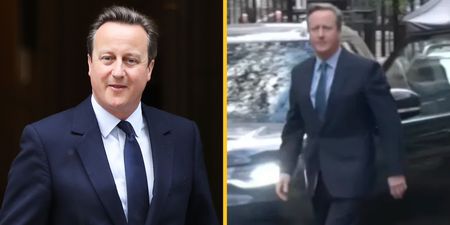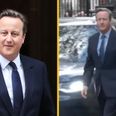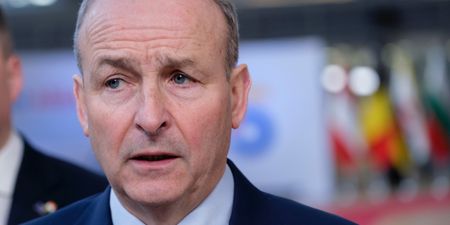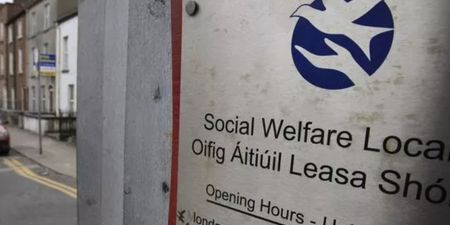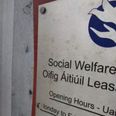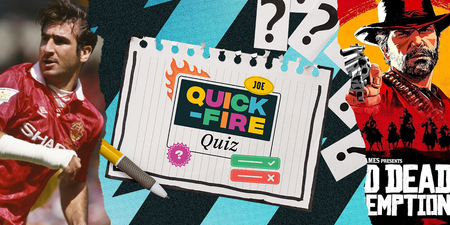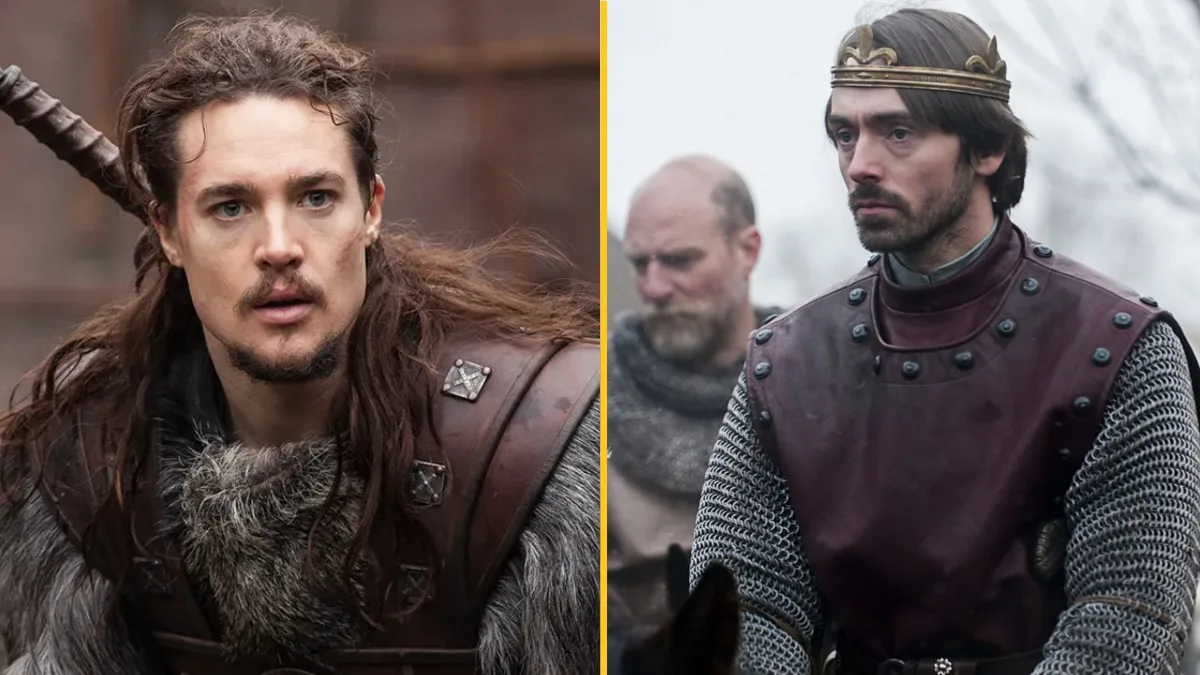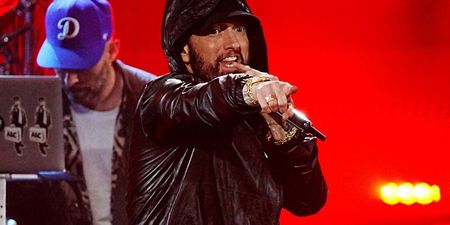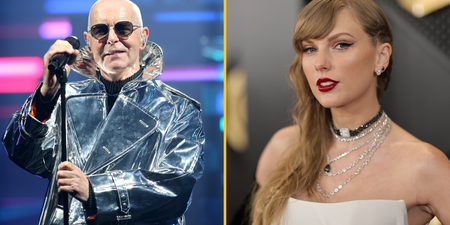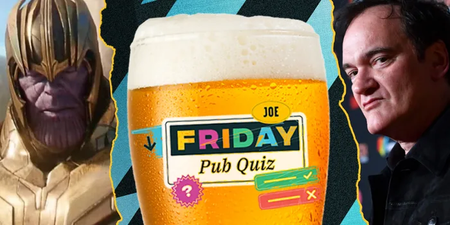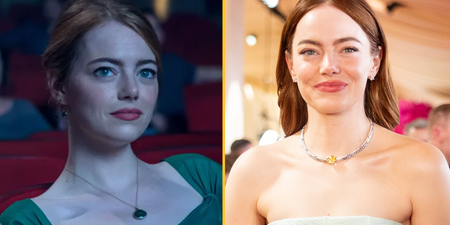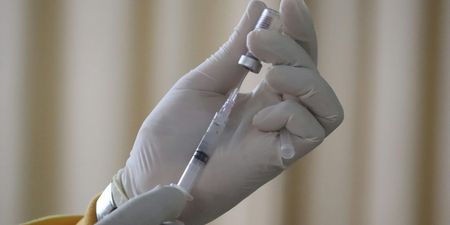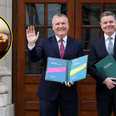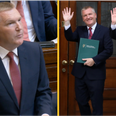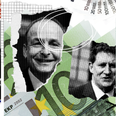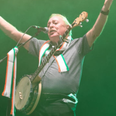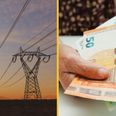Let’s just have the bloody second election and get it over with.
It’s been a little over a week since the 2020 general election or, as it may soon be known, the first 2020 general election.
In the Irish context, this isn’t actually all that long. For example, in 2016, it took 72 days for the rival factions to form a “government” — though what they really ended up with was more like a continuity agreement that lasted for four years and ended with both parties plummeting in the public’s esteem.
That time around, Fine Gael and Fianna Fáil could still, between them, claim ownership of a mandate to govern the country. For the first time in Irish history, that is no longer the case.
With the Dáil poised to resume on Thursday, Irish democracy now looks like a flowchart where every single combination of answers takes you to a square that says “Another fucking general election”.
Attempts at forming a coalition have quickly descended into that scene in The Simpsons where the school band is singing about who likes who.
“Greens like Fianna Fáil”
“We do not!”
“Fianna Fáil likes Sinn Féin”
“We do not!”
“Sinn Féin likes Milhouse”
“We do not!”
“Üter likes Milhouse”
“Nobody likes Milhouse!”
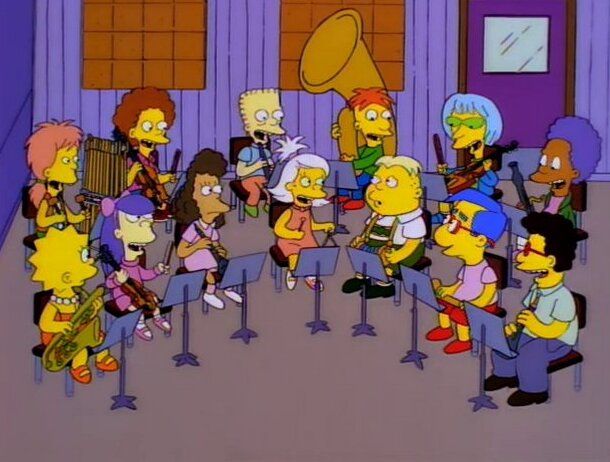
That is what happens when 75% of the first preference vote is split almost evenly between three parties, none of whom want to work together.
Fine Gael may not be entirely resolute on the idea of going into opposition, but they are certainly fractured on the idea of going into government with Fianna Fáil. Leo Varadkar himself has always been up for a tasty coalish, or perhaps the even riskier reverse confidence and supply, but it seems as though major figures in his party aren’t backing him on this one.
Varadkar took the strange step of filming all of his cabinet ministers saying that they’d never go into government with Sinn Féin, so any step in that direction would be seen as an unforgivable betrayal of their voters.
Fianna Fáil, on the other hand, have made it very plain that a coalition with Sinn Féin is off the table. Again, it seemed their leader was prepared to sacrifice his pre-election principles in order to become Taoiseach provide a stable government, but resistance from powerful figures within the party killed that idea in its cot.
The likes of Eamon O’Cuív have also been vociferous in their opposition to Fianna Fáil sharing power with Fine Gael, and this attitude is comprehensively reflected by the party’s grassroots.
Elsewhere, a coalition of all remotely left-leaning TDs is being called for by overly hopeful, earnest voices on the left, as well as cynical, disingenuous voices from the right and the centre.
Fianna Fáil TD Stephen Donnelly, for example, claimed that there are 87 seats available to Sinn Féin with which they could form a majority. That isn’t true. Labour has ruled out working with Sinn Féin, or going into to government at all.
Furthermore, that remaining 81 would include rural independents like the Healy-Raes, Michael Lowry, Noel Grealish, Mattie McGrath, Matt Shanahan, Verona Murphy and others who would be expected to somehow form a government programme with their ideological opposites.
Which is before you manage to get the Greens to agree with PBP to agree with the Soc Dems to agree with Sinn Féin, and a dozen other independents. Be under no illusions, it’s not possible, and anybody calling for it needs to appreciate that governments need a majority to make things happen. Combined, Fine Gael, Fianna Fáil and the rural independents have enough seats to decimate whatever patchwork programme the left-umbrella could piece together.
A government that can’t win votes is no government at all, and we’d be back at the polls before you know it.
And so the most sensible option is the stalemate option. That every party simply accepts that there’s nothing to be done, as would appear to be the case. Varadkar could save a lot of time by calling for another election on Thursday, asking Michael D. Higgins to dissolve the nascent 33rd Dáil and immediately let the public set about selecting the 34th one.
Whether that election actually solves anything at all is another matter entirely.
Having seen their candidates achieve double quotas in constituencies where they ran just one candidate, Sinn Féin must be thinking they could make significant gains. If one party could provide evidence of a clearer mandate, it would put pressure on the smaller parties to work with them.
Nothing is guaranteed, however, and Sinn Féin’s new seats would almost certainly come at the expense of other left-wing candidates who benefitted greatly from the #VoteLeftTransferLeft movement.
But as things stand, the only parties who can come together in order to form a government are refusing to do so.
If they’re really as immovable as they’d have us believe then that’s fine, but it means a second election is inevitable.
So let’s get on with it, then.
LISTEN: You Must Be Jokin’ with Conor Sketches | Tiger Woods loves Ger Loughnane and cosplaying as Charles LeClerc
